“Almost two-thirds of his entire output consists of portraits of one kind or another — self-portraits, group portraits, single portraits. And instead of being commissioned, the subjects for most of these works were chosen by Rembrandt himself. Other contemporary portrait painters like Van Dyck, Velázquez, or Hals, worked almost exclusively on commission, which meant they had to abide by the narrow restrictions on the form imposed by the expectations of the sitter.
Rembrandt could do what he wanted. And what he wanted above all, was to bring forward the inner mood of his sitter.”
From page 90 of How Rembrandt reveals your beautiful, imperfect self – Life lessons from the master by Roger Housden
So many things have changed over the years, yet fundamental human nature remains the same. Vanity was as alive in the seventeenth century of Rembrandt as it is today. Rembrandt had the original PhotoShop; paint what you desire, not what you see.
We think we have such unique problems today when a client says, “PhotoShop the hell out of me. Make me look ten years younger and fifteen pounds lighter.” Artists of the Dutch master’s era faced the same problems as their clientele commissioned portraits, fully expecting the artist to paint them younger, thinner, and with fewer wrinkles.
Undisputably, art communicates an idea or idealism. Often the control lies in the hands of the person holding the purse strings. For this reason, so many of Rembrandt’s paintings and etchings were self – portraits or included family members as models.
In future posts, I will discuss in more detail issues Rembrandt faced in creating commissioned portraits.
For now, it is essential to realize it was Rembrandt’s choice of subject matter that gave us such lifelike paintings from the greatest portrait painter ever. Choosing his subjects allowed him full and total control of his artistic expression.
The following are examples of some of Rembrandt’s paintings that I am referencing.
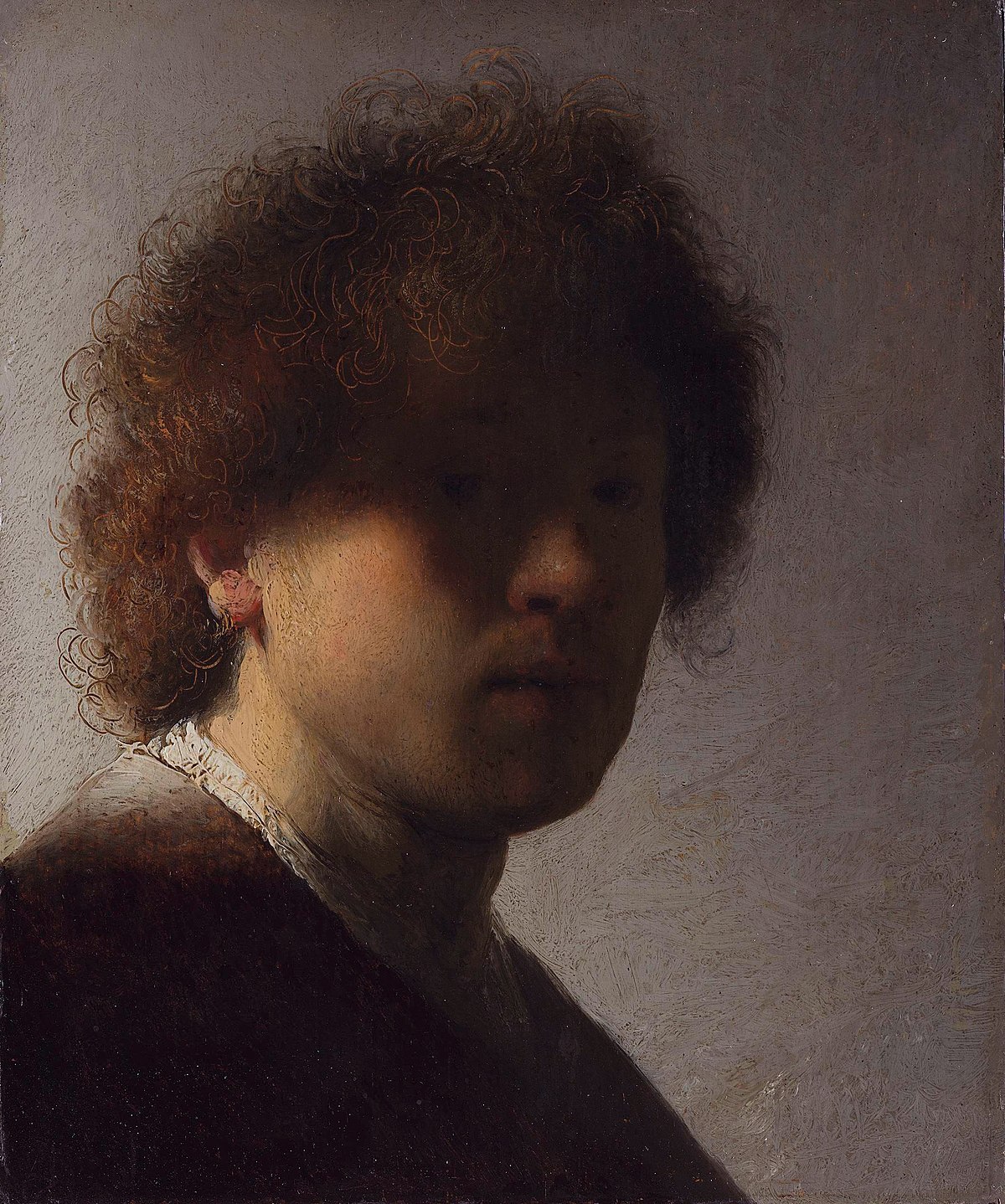
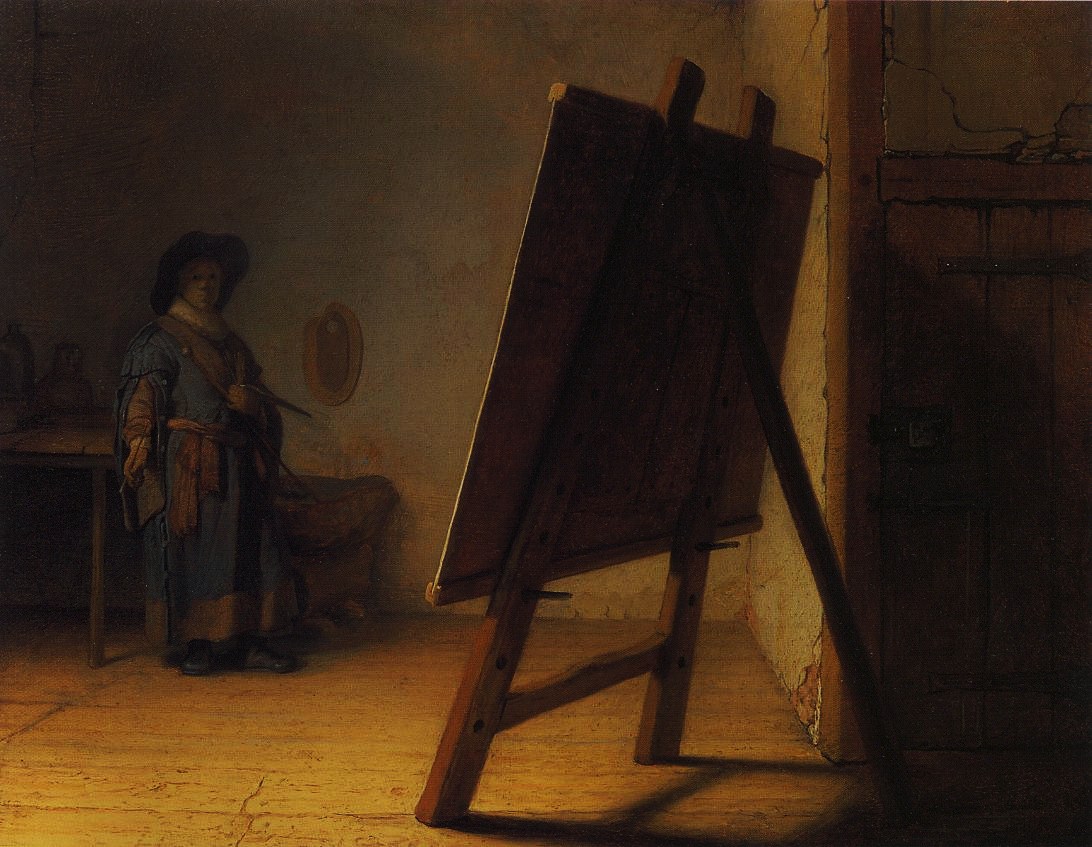
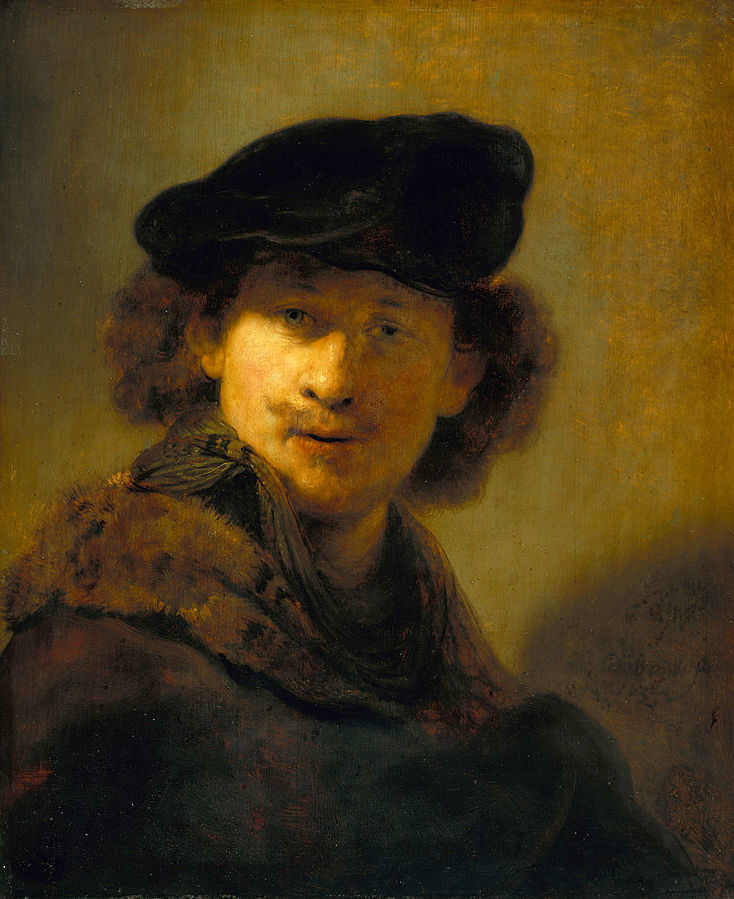
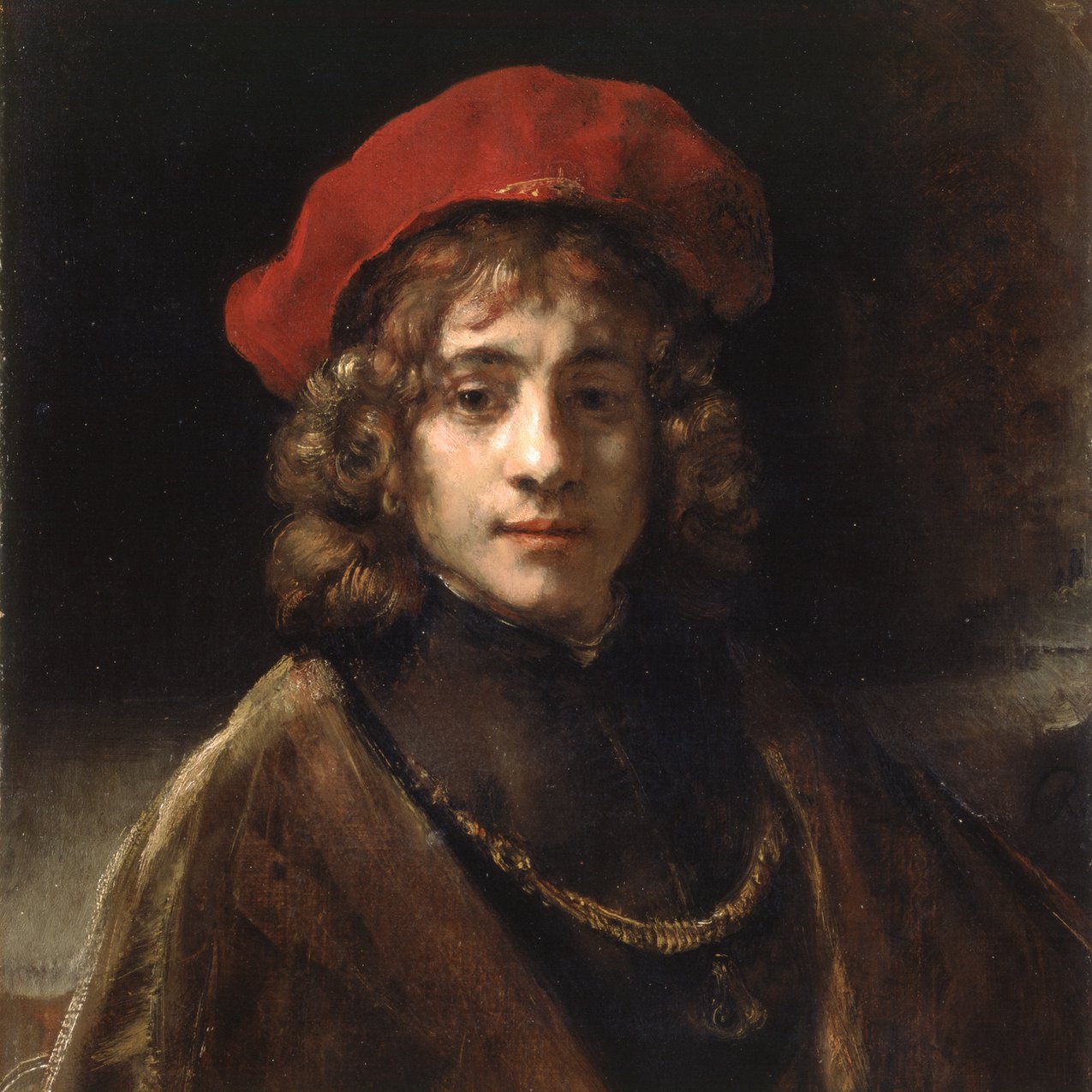
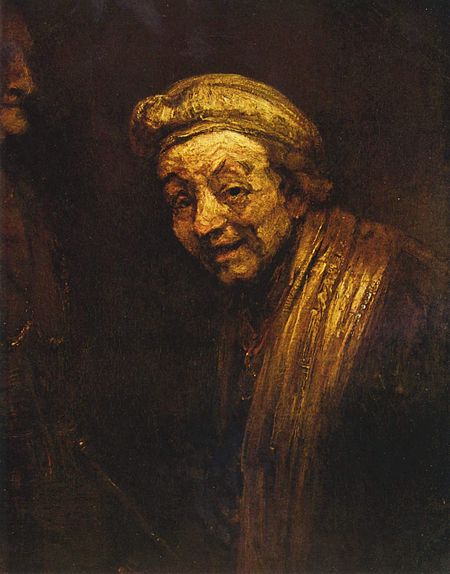
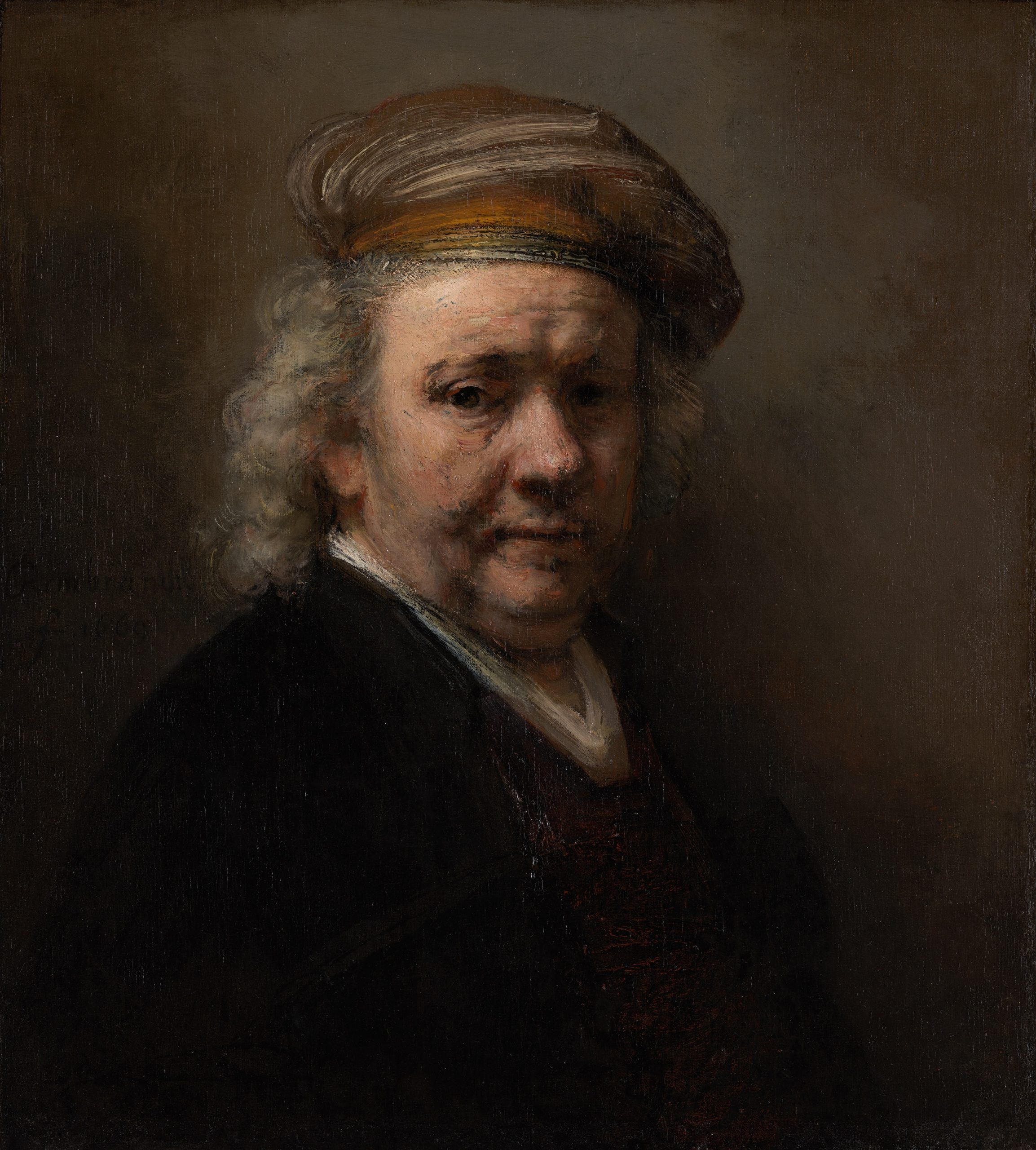
Portraits by Invitation
Following the great master’s example, I have, from time to time, created “portraits by invitation” and will be reposting many of these shortly. Additionally, I expect to be issuing invitations to sit for a portrait or model calls for images that I want to create. You can follow along here on my blog, where they will be under a new category, “portraits by invitation.” Instagram will also be where I display some of this work.
Your comments or feedback are always appreciated.
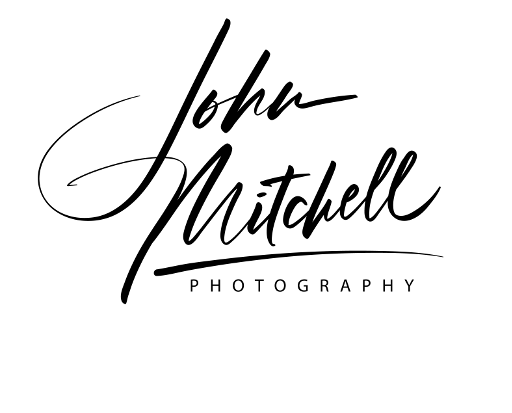

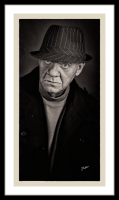
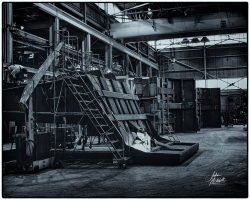
Baiba Coates
2 Sep 2020Amazing portraits John. The one from 1662, entitled, Laughing, sure reminds me of what is looking back at me when I look at myself in a mirror. I love the description you wrote, which kind of describes how I feel about my life. Thank you.